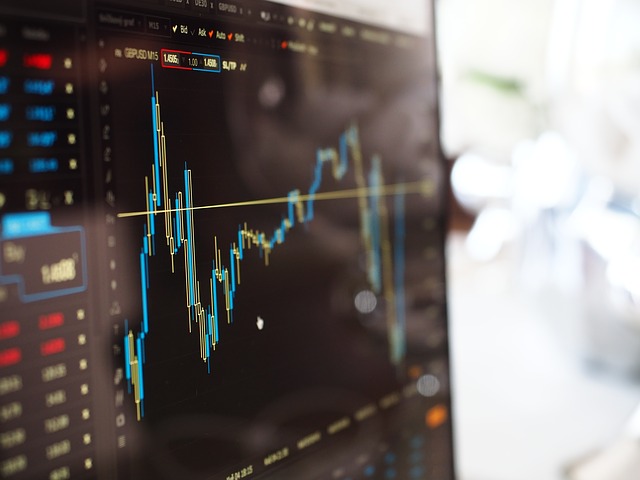The symmetrical triangle top is a bullish continuation pattern. This pattern forms two trend lines which are symmetrical to the horizontal and convergent. The initial pattern is a bearish slant that gives resistance and the other is a bullish slant that will be the support. To prove a symmetrical triangle top, one must have oscillation between the two lines. Each of these lines must be touched at least twice for validation.
Asymmetrical triangle “top” is necessary for the movement that precedes the formation of the triangle being bullish.
A graphical representation of a symmetrical triangle top is below:
The objected price of this pattern will be determined by its height from the base of the triangle that is carried over the break point. A technique you may use is to draw a parallel line to the support of the symmetrical triangle from the first contact point with the resistance in order to obtain a bullish target price.
Some statistics about the symmetrical triangle top are:
– In 63% of cases, there is an upward exit.
– In 89% of cases, the bearish movement will continue after the breakout.
– In 81% of cases, the target price will be reached in case of a bullish breakout.
– In 60% of cases, a pullback occurs.
– In 70% of cases, bullish breakouts will occur when the price is moving into the highest third of its annual range.
– In 16% of cases, there will be false breakouts.
The exit normally happens towards 80% of the distance of the pattern.
Sharping and strong breakouts will give a better performance.
A performance is better when the triangle is formed at the beginning of a trend.
Try to avoid taking a position if the breakout occurs before 3/4s of the pattern.
Pullbacks can be harmful for the performance of the pattern.
